Local Attractions
We are close to the major tourist spots of the ancient capital town of Nara such as the famous Nara Park where you can meet the Japanese deer and Kofukuji Temple, a UNESCO World Heritage Site. Yakushiji Temple is just a 15 min (5km) drive, while Horyu-ji Temple is a 60 min (15km) drive. Famous seasonal events in the town of Nara include Omizutori (Water-drawing Ceremony) in March, Takigi Noh (Torchlight, Noh Theater) in May and Tokae festival (Floating Lantern Festival) in August.
Nara Park
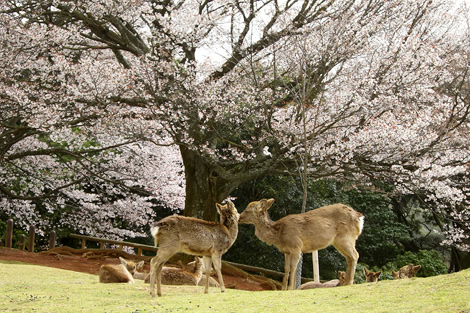
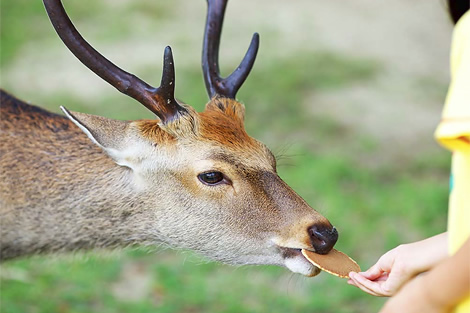
One of the biggest class urban parks in Japan with 502 hectare of land. Around 1200 wild dears live in this place.
*About 5 min. walk.
Todai-ji Temple (Big Buddha)
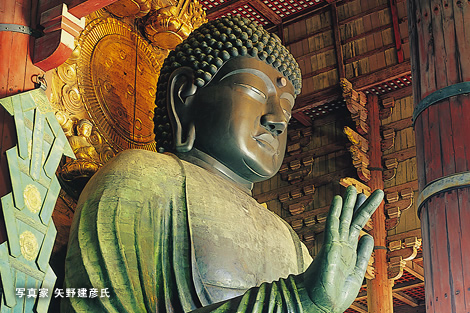
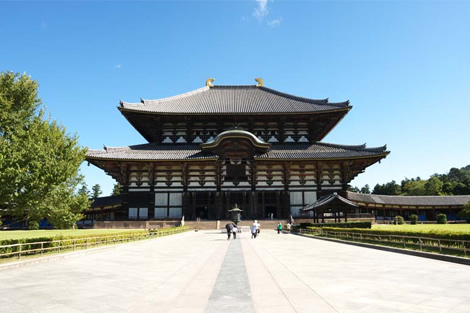
This is the world largest wooden archi-tecture. 14m 58cm sitting height image of Budda is set in place.
*About 20 min. walk.
Kofukuji Temple (five story pagoda)
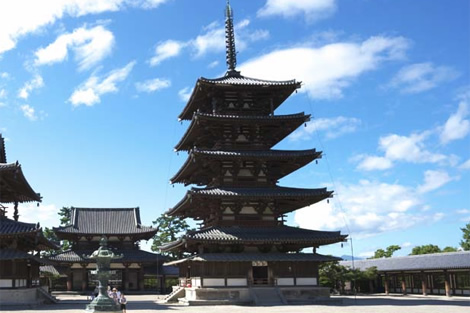
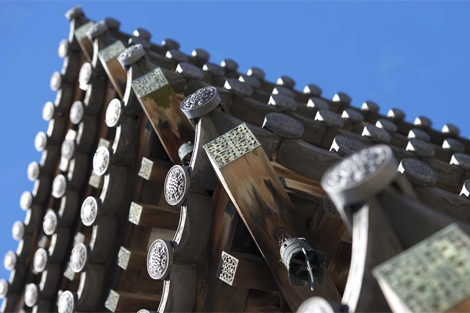
The pond reflects the images of the five-storied pagoda of the KOUFUKUJI-TEMPLE and the site is counted as one of the "Eight view of the South Capital".
*About 1 min. walk.
Kasuga Taisha (Kasuga Grand Shrine)
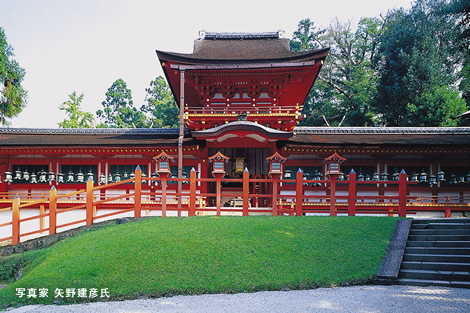
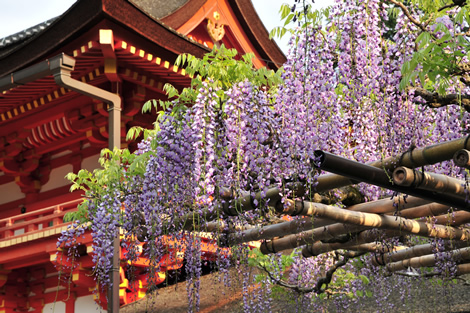
The origin of the Kasuga Grand Shrine's (Kasuga Taisha) is said to be around 710 B.C. (3rd year of the Wado Period) during the transfer of the Heijo Capital when Fujiwara-no-Fumito worshipped the local deity.
The shrine has been rebuilt over the years as the Fujiwara Family increased its power and the shrine formed its present-day appearance as early as the beginning of the Heian Period (794 B.C.) During the Heian Period, the "Kasuga-visit (Kasuga-moude)" became popular among noble families like that of Fujiwara-no-Michinaga, and then eventually spread among the samurai and the local citizens by the Medieval Period. You will know the depth of the faith of the local citizens from the 3,000 stone lanterns and hanging lanterns that these people have donated, which still stand today within the shrine.
The lanterns are lit up twice a year in February and August at the "Man-tou-rou" event and surround the visitors with a spiritual atmosphere.
Naramachi
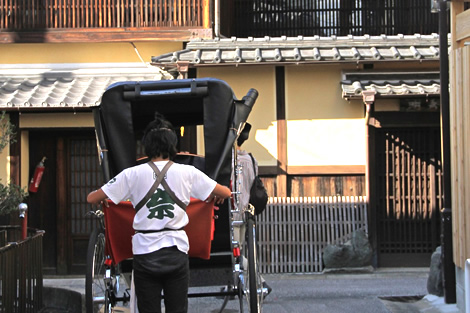
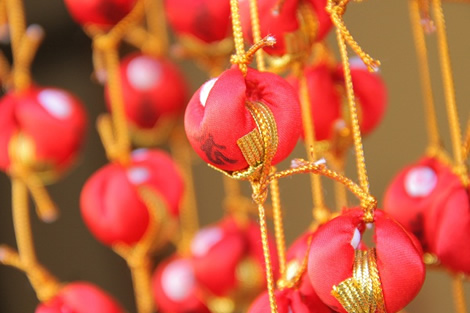
Asuka-sou resides in the old-city area called "Naramachi," alongside the Sarusawa Pond (Sarusawa-no-ike), which is also the former precinct of Gango-ji Temple.
Naramachi originally developed as an extension of Heijo-kyo Capital in the Edo Period where numerous temples and shrines, deer fences, and traditional wooden townhouses with mezzanine floors called machiya were located, and evokes a sense of nostalgia for the people who visit.
When you visit, your feet will stop in your tracks to get a closer look at the strange blend of the past and the present.
(C) ASUKASOU

 Reservation
Reservation

